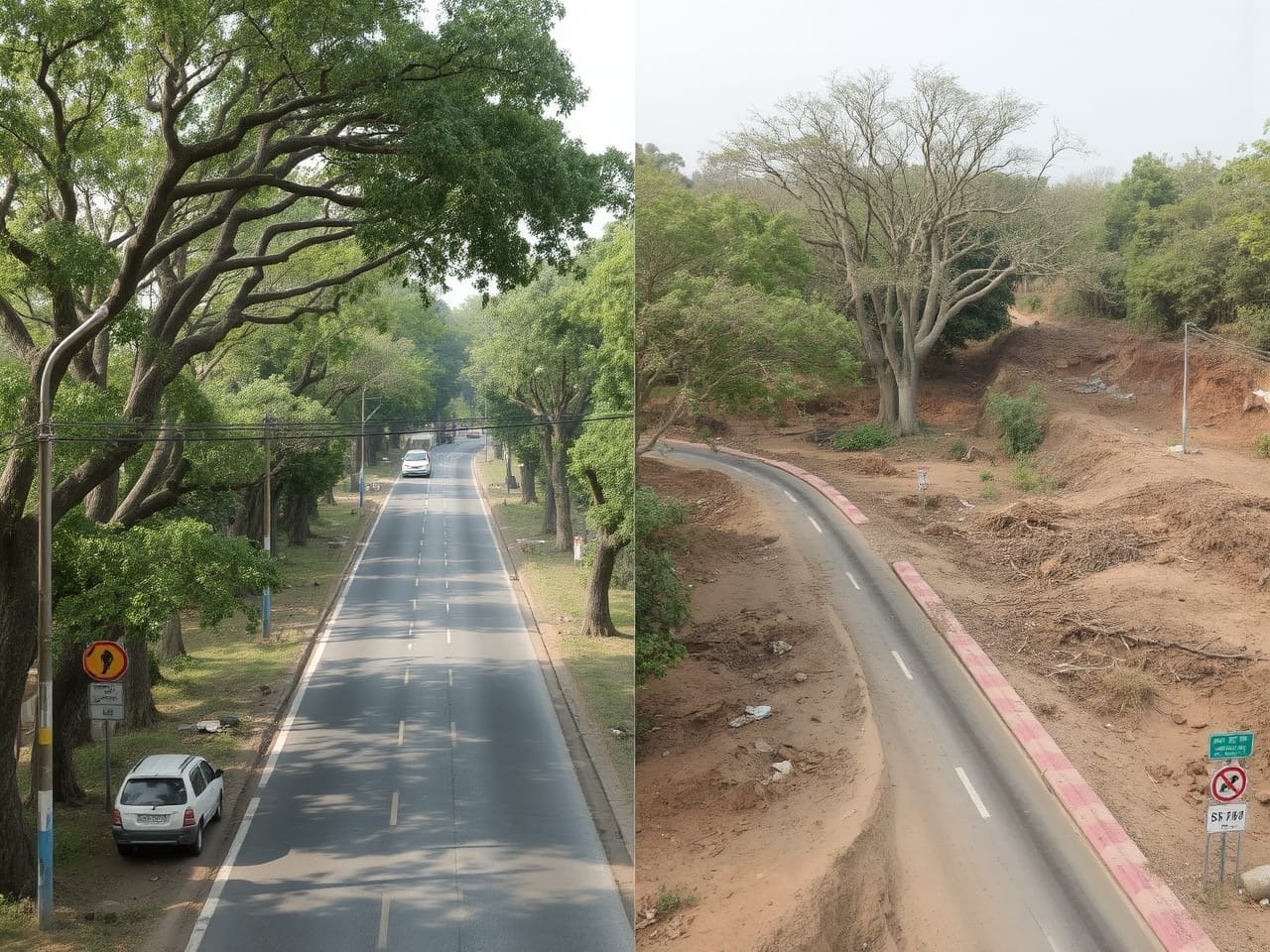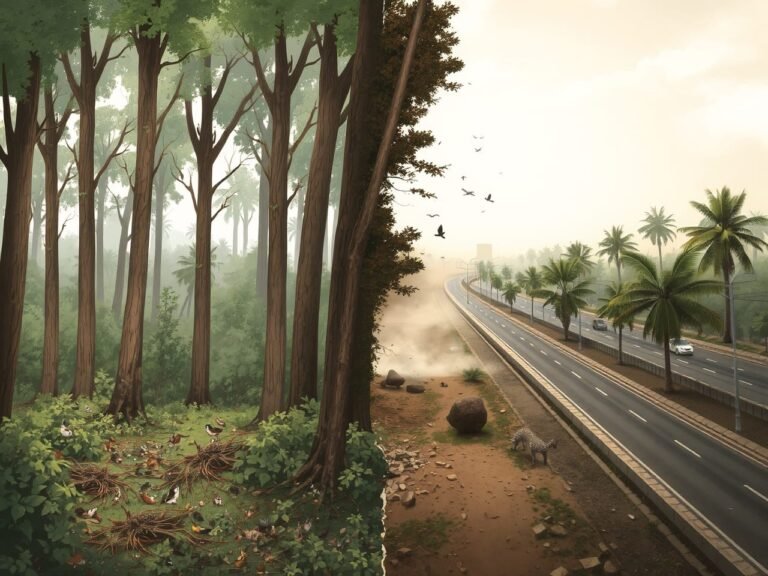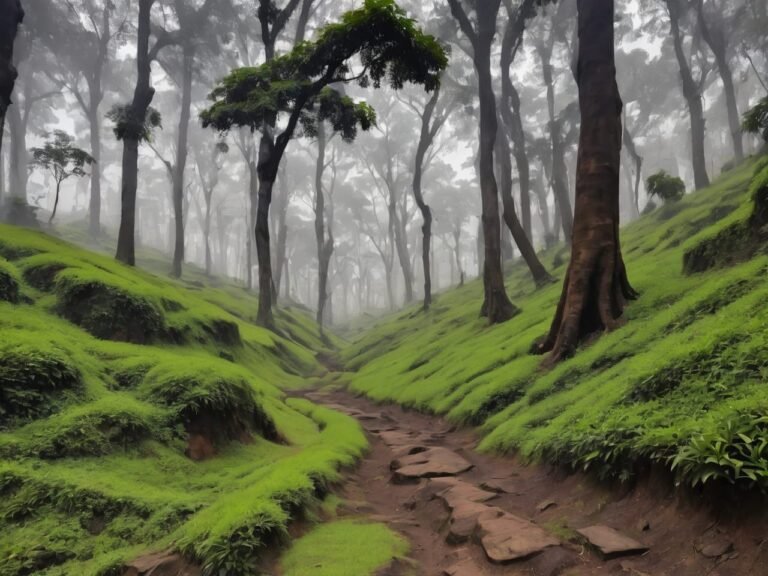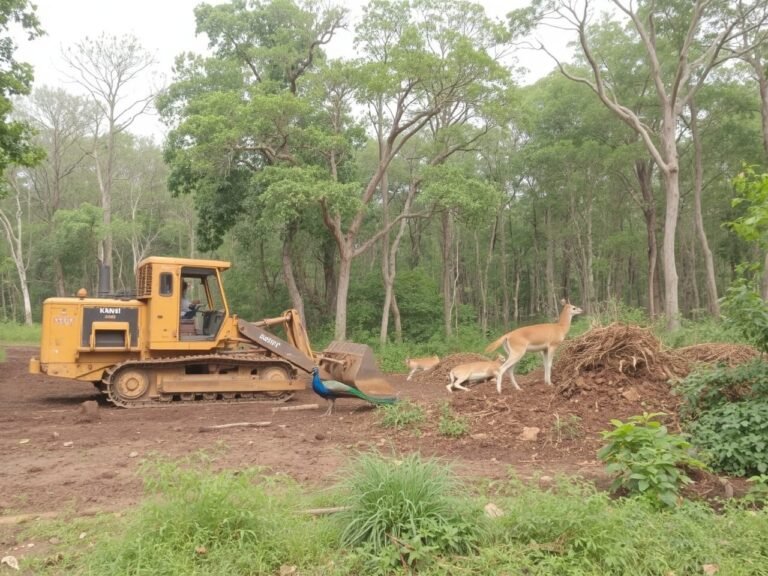While driving to work, one of the most heartbreaking sights I come across is the rampant cutting of roadside trees. These are not just any trees — many have stood for decades, some even for centuries, silently witnessing the life and growth around them.
We’re not against development. Progress is necessary. But something about this widespread felling has been deeply unsettling — enough for us to dig deeper and research how roadside trees truly impact human lives.
What we found was not only surprising, but also urgent.
This issue isn’t just limited to Mumbai and Thane — it’s a global trend, repeating in city after city, where green cover is sacrificed for concrete expansion.
—
Every single tree — even the ones growing by the roadside — is a micro-ecosystem. Beneath its branches, on its bark, and under its shade thrive a multitude of living organisms: ants, beetles, fungi, birds, bees, squirrels, butterflies, and even microscopic life forms. A mature tree can host hundreds of species, many of which depend exclusively on that one type of tree.
Birds nest in its hollows. Bees and butterflies feed on its nectar. Earthworms and microbes enrich the soil around its roots. And for us humans? The benefits are immense and measurable.
—
The Invisible Network of Life
Cutting a tree doesn’t just remove a plant — it disrupts an entire web of interdependence.
Insects that pollinate plants disappear, affecting local fruit and vegetable production.
Birds that prey on crop-destroying pests vanish, leading to more chemical pesticide use.
Fungi and microbes that keep the soil fertile are lost, making replanting harder.
Animals that depend on the shade or shelter migrate or die off, leaving the balance broken.
Each organism in this ecosystem plays a role, and when the tree is gone, so is the support system for countless lives.
—
Why Replacing One Tree With Another Isn’t Enough
Urban planning often compensates tree cutting with plantation drives. While well-intentioned, it’s important to understand this: a sapling is not a tree. A 50-year-old tree has deep roots, established relationships with fungi, and hosts an entire community — something a newly planted sapling will take decades to achieve, if ever.
For instance, a mature tree can:
Absorb up to 48 pounds (21 kg) of CO2 per year.
Produce enough oxygen annually for two people.
Lower nearby temperatures by 2°C to 4°C through shade and transpiration.
Prevent soil erosion and reduce flooding by absorbing hundreds of liters of water during rainfall.
Planting 10 saplings in a park elsewhere doesn’t replace the ecosystem of one fully-grown roadside tree.
—
The Human Cost of Tree Loss
The loss of trees isn’t just an environmental concern — it’s directly linked to our health.
Air Pollution: Trees are natural air filters. Studies show areas with higher tree cover have 20–30% lower particulate matter in the air.
Mental Health: Urban green spaces reduce stress, anxiety, and depression. A study from the University of Exeter found people living near trees were happier and healthier.
Heat Islands: Cities without tree cover face 5–10°C higher temperatures in summer due to the urban heat island effect.
Flooding: Removal of trees worsens waterlogging. In Mumbai, unplanned tree felling has been linked to increasing urban flooding incidents.
—
What Can Be Done?
We understand infrastructure must expand. But this expansion must be mindful and measured. It’s possible to integrate development with nature, not against it.
Conduct ecological assessments before cutting.
Use tree transplantation technology wherever possible.
Plan roads and flyovers around large, heritage trees, not over them.
Educate communities about the true value of urban trees.
Involve local residents and ecologists in city planning processes.
—
In Closing: Coexistence, Not Control
Every time we choose to destroy a patch of green, we’re not just losing a tree — we’re disrupting an ancient and delicate network of life. It’s time to rethink how we define progress. Because without the ecosystems that sustain us, all the roads and buildings won’t matter.
—
Pawpaa believes in coexistence — of people, pets, wildlife, and nature. Let’s preserve what we can, while we still can!








